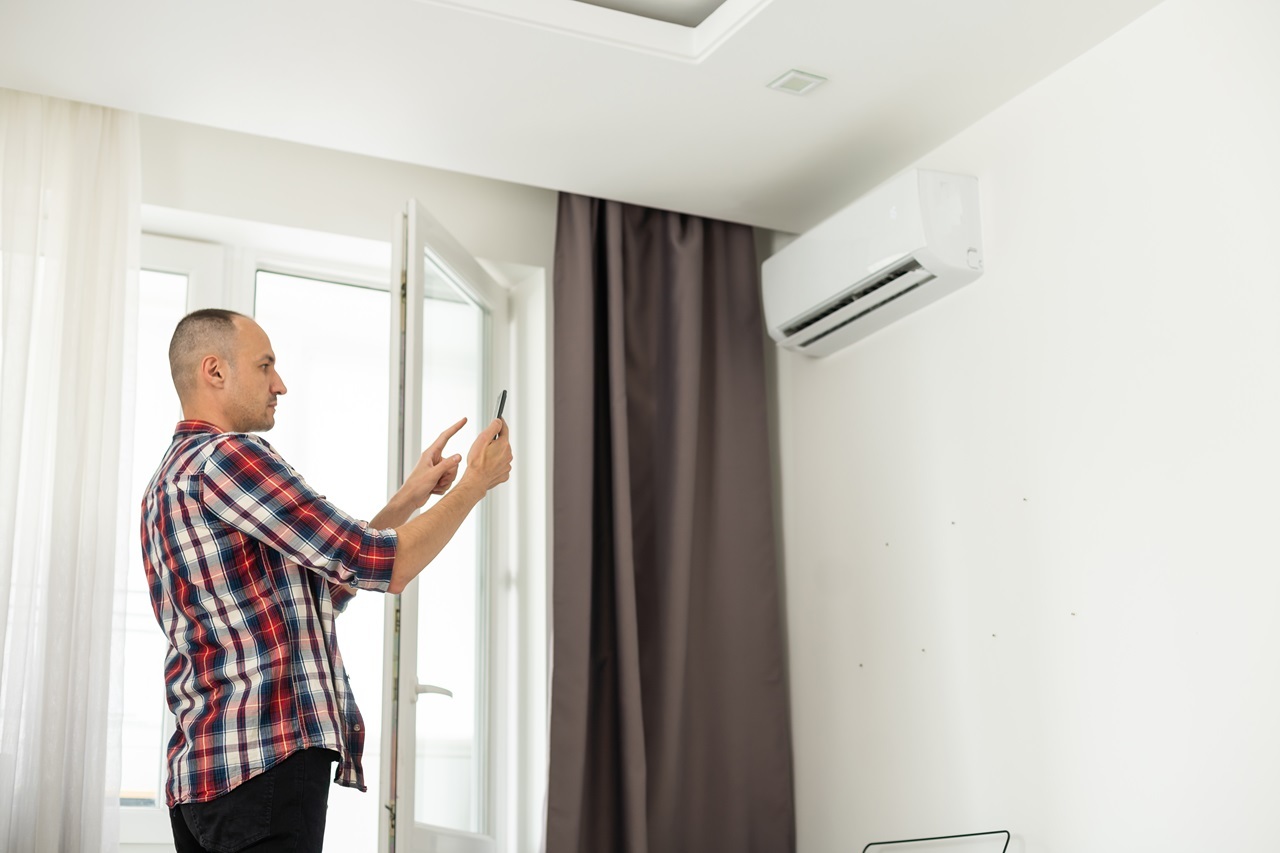When your air conditioner suddenly shuts off in the middle of a heatwave, the last thing you want is to find yourself flipping the circuit breaker over and over again. It’s frustrating and interrupts what should be a simple, steady flow of cool air. In La Cañada Flintridge, where summer days are long and hot, consistent AC performance isn’t just about comfort—it’s a necessity. A tripping AC circuit breaker is more than just an inconvenience. It’s a warning sign that something deeper within your system needs attention.
While some homeowners assume this is a quick fix or just a fluke, that constant tripping is usually your system trying to tell you something. Whether it’s due to airflow restrictions, electrical issues, or overworked components, failing to address the root of the problem can lead to bigger repairs later. Regular maintenance, such as scheduling an AC tune-up in La Cañada Flintridge, plays a big role in preventing these interruptions before they start.
Common Causes of an AC Circuit Breaker Tripping
There’s always a reason why a circuit breaker trips—it’s a safeguard meant to protect your system and home from further damage. If your AC keeps shutting off unexpectedly, it helps to understand what might be happening behind the scenes. Below are some of the most common causes:
1. Overloaded Circuit
If your AC shares a circuit with other heavy-duty appliances, it can push the load past what the circuit is designed to handle. When this happens, the breaker trips to cut power and prevent overheating or damage. This is common in older homes where outlets and circuits weren’t made for today’s demanding appliances.
2. Dirty Air Filters
A clogged air filter blocks proper airflow, making your air conditioning unit work harder to keep temperatures down. This strain can cause the system to overheat, and an overheated system typically trips the breaker as a safety measure. Replacing or cleaning the filter regularly is a simple way to avoid this.
3. Faulty Components
Breakers may trip if internal parts like the compressor, capacitor, or fan motor begin to fail. These parts draw energy to function, and if one of them malfunctions—like a worn-out capacitor struggling to start the system—power fluctuations can cause the breaker to shut off as a protective response.
4. Refrigerant Leaks
Low refrigerant levels force the compressor to work overtime to meet the thermostat’s demand. This additional stress often leads to overheating, which again can trip the breaker. If there’s not enough refrigerant, cooling performance takes a hit too, making your home feel warmer despite the AC running.
5. Electrical Issues
Loose wires, corroded contacts, or short circuits can all trip your breaker fast. These aren’t just performance issues—they’re real safety concerns. Electrical faults are harder to spot until something goes wrong, which is why it’s important to have our technicians inspect your system during a tune-up.
One homeowner in La Cañada Flintridge shared that her AC kept going out every time she turned on the microwave. It turned out both the AC and kitchen appliances were tied to one breaker. Once the load was evaluated and a dedicated circuit added for the AC, the issue stopped completely. Catching the underlying cause early makes all the difference and can keep your home cooler without interruptions.
Signs Your Circuit Breaker Problem Needs Professional Attention
A homeowner might brush off the first time their AC trips the breaker, thinking it’s just a one-time glitch. But if it’s happening more often, it may be time to pay attention. Frequent tripping isn’t something to ignore. If it keeps happening, your unit might be overheating or drawing too much current, signaling that something inside needs diagnosed and repaired by our technicians before more damage occurs.
Another indicator is a burning smell coming from the vents or the AC unit itself. This could mean electrical wiring is overheating or components are failing inside. Smells like this are never normal and should be taken seriously. The same goes for visible wear on wires, panels, or connectors. If something looks damaged or worn out, don’t hesitate to cut power and reach out for help.
You might also hear odd noises from the unit, like buzzing, humming, or clanking. These sounds can point to a loose part, failing motor, or internal failure. On top of that, if your AC stops cooling the home evenly or seems to be running with less power, it may not just be a thermostat issue—it could be linked to breaker problems tied to deeper malfunctions.
What To Do When Your Breaker Trips
If your breaker trips once or twice during the summer, try a few quick actions to help limit strain on your system. Still, if it becomes a pattern, call our professionals so they can thoroughly assess what’s wrong. Here’s what you can do first:
1. Turn Off the AC
Switch the system off at the thermostat to stop current flow. This prevents further wear on components if something’s already wrong.
2. Reset the Circuit Breaker
Flip the breaker off, then back on. If it trips again right away, don’t repeat the reset. That could make the issue worse.
3. Check the Air Filters
Pull out and inspect your home’s air filters. Dirty filters should be replaced before turning the system back on.
4. Check Nearby Appliances
If your AC shares a circuit, unplug or turn off high-powered items like microwaves or large electronics, and then watch for signs of overload.
5. Book a Tune-Up
If airflow is restricted, wiring is damaged, or components are struggling, those problems won’t solve themselves. Our technicians can go over the full system, spot unsafe conditions, and restore reliable performance.
Why Regular AC Tune-Ups Matter in La Cañada Flintridge
Consistent maintenance is one of the most dependable ways to prevent ongoing problems. Regular AC tune-ups give our professionals the opportunity to catch small issues—like wiring that’s starting to fray or a fan motor that’s beginning to slow—before they become reasons for your breaker to shut down the system.
Regular maintenance also helps make sure parts stay clean, properly lubricated, and correctly connected. That means your AC doesn’t have to work harder than it should. It runs cooler and smoother, using less electricity and putting less stress on the electrical circuits it’s tied to.
A well-maintained system is also less likely to leave you without reliable cooling during sudden heatwaves. AC systems are pushed to their limit during peak summer days, and anything that reduces that load lowers your risk of a mid-summer breakdown.
Keep Your Home Cool and Comfortable
Breaker issues are your system’s way of warning you. Ignoring them won’t just reduce how well your home stays cool—it can lead to more dangerous problems, like electrical damage or total component failure. It’s more cost-effective to solve small problems early than to deal with giant repairs during the hottest part of the year.
Scheduling an AC tune-up in La Cañada Flintridge can go a long way toward making sure these issues never catch you off guard. With regular care, your AC system will be safer, more efficient, and less likely to disrupt your summer comfort.
If you want to keep your home cool and avoid unexpected breakdowns during the summer, scheduling an AC tune-up in La Cañada Flintridge can help identify small issues before they escalate into costly repairs. Precise Air Systems, Inc. understands the value of routine maintenance for ensuring dependable AC performance during the hottest days of the year. For a quick estimate or to book a service visit, please contact us today.



